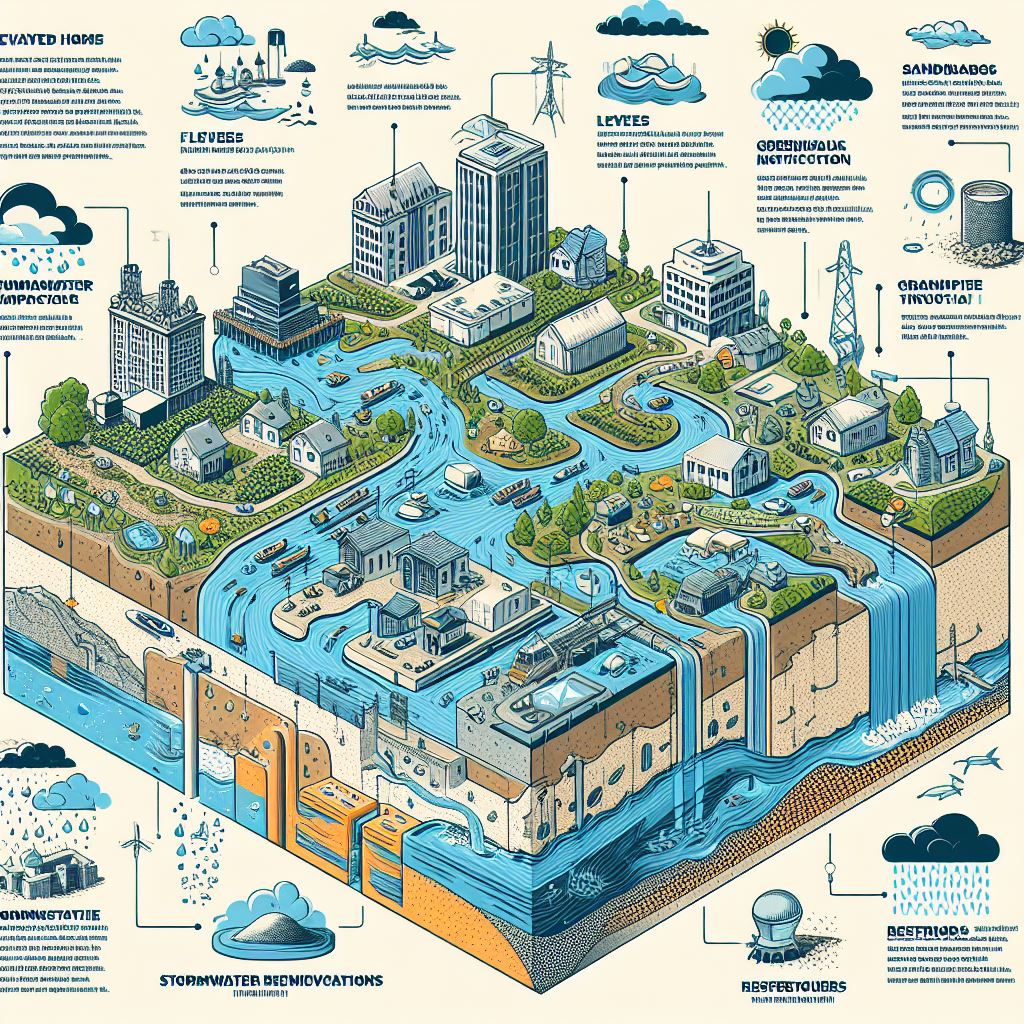Floods, causing billions of dollars in damage and displacing millions worldwide each year, rank among the most common and destructive natural disasters.
While we can’t eliminate the risk of floods, we can employ various techniques to reduce their impact.
These techniques fall into two broad categories: structural and non-structural approaches.
What Flood Mitigation Techniques must address